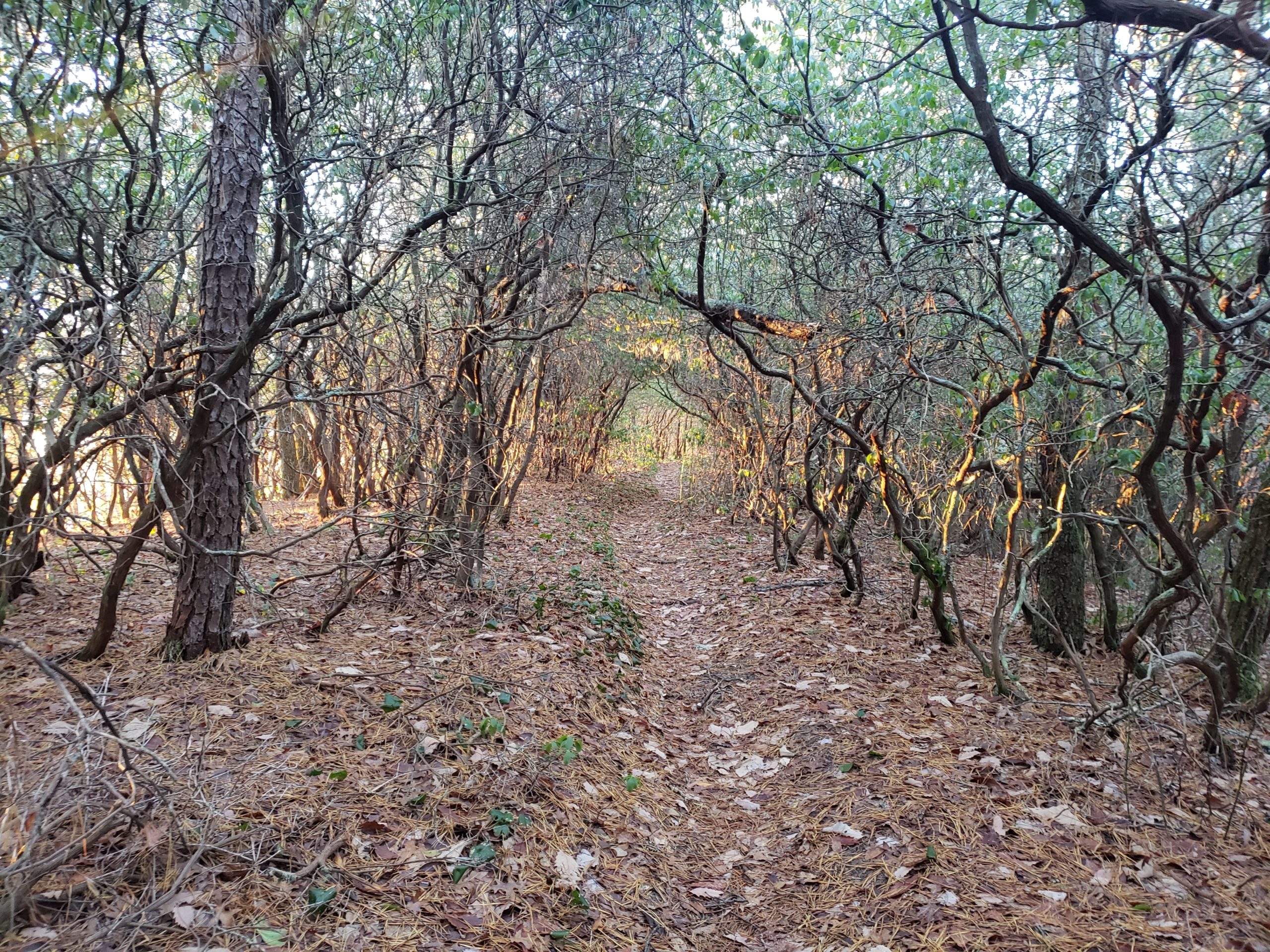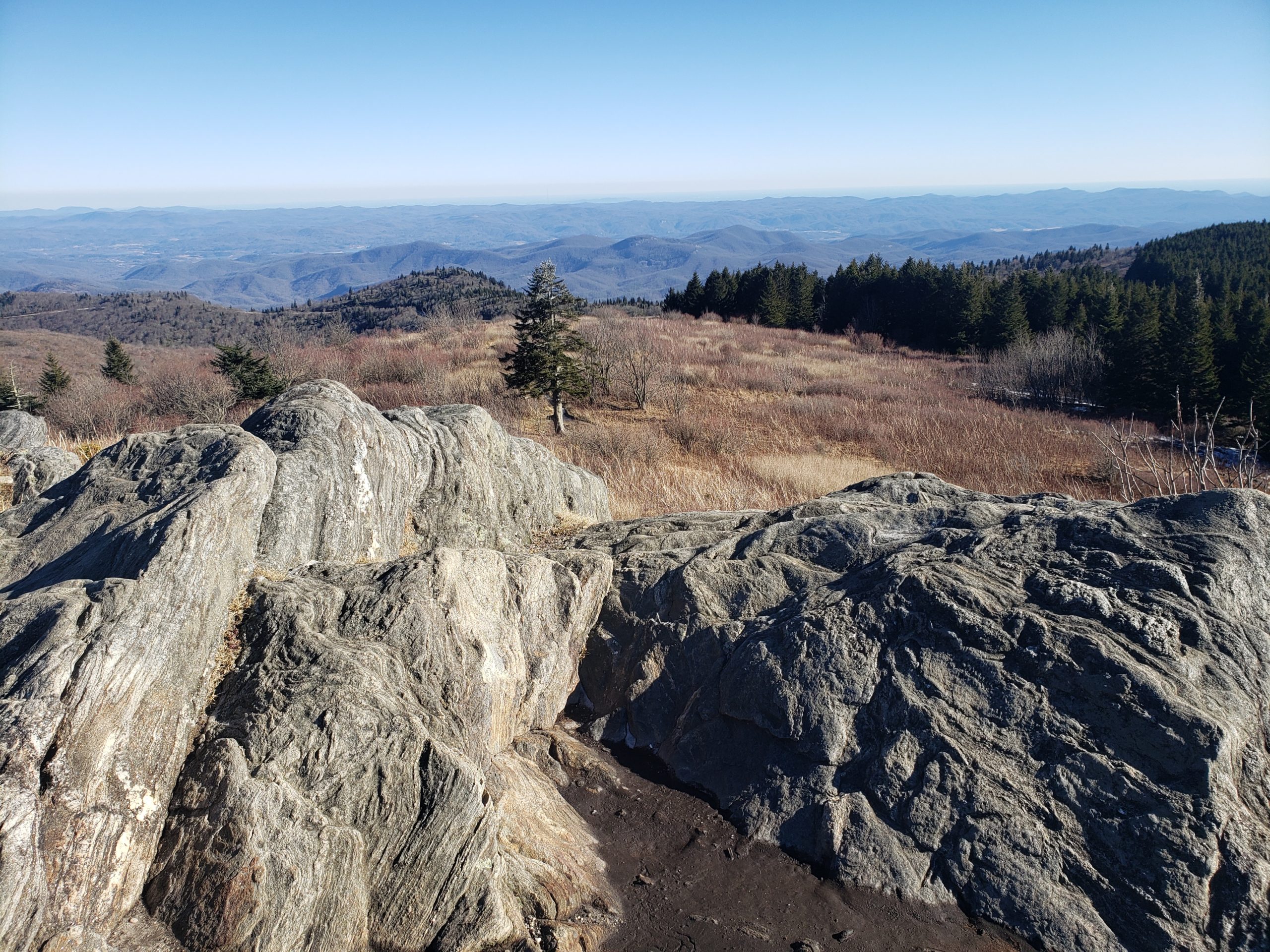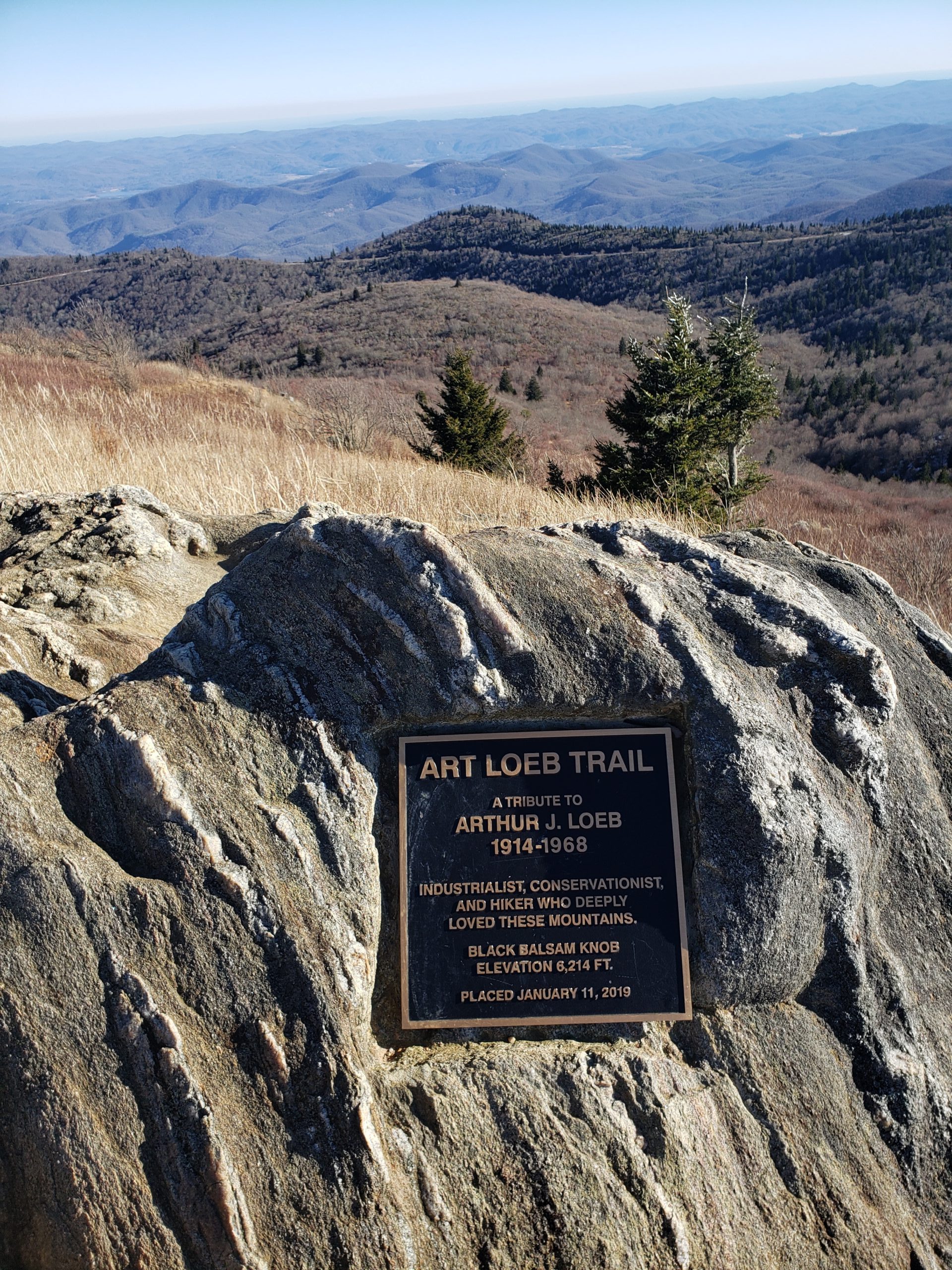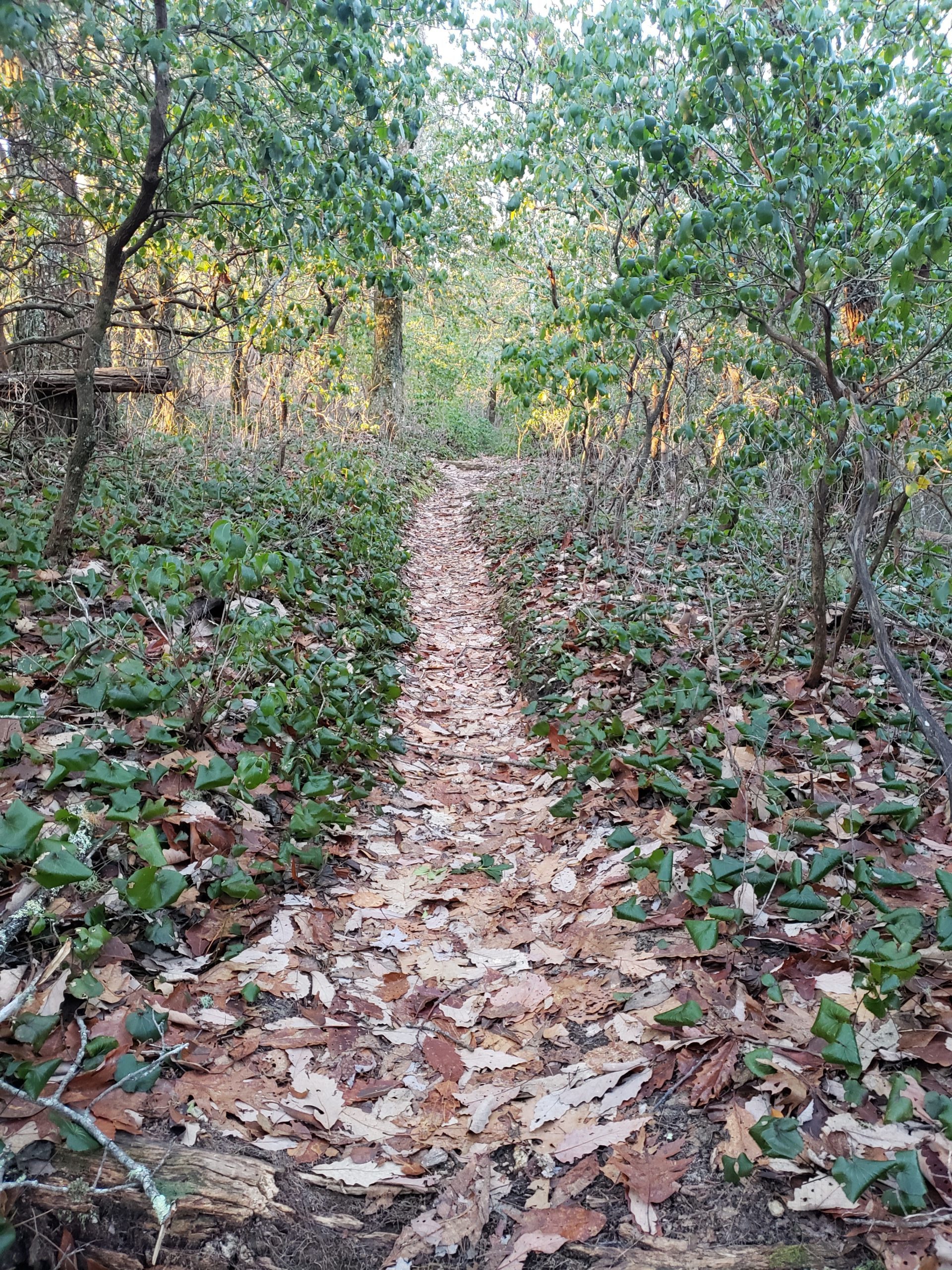The Art Loeb Trail: North Carolina
Tucked away in Western North Carolina, lies a rugged 30.1-mile footpath that runs through Pisgah National Forest and Shining Rock Wilderness. The Art Loeb Trail is Western North Carolina’s crown jewel of hiking. This strenuous trail traverses four peaks over 6,000 ft, six miles of ridgeline hiking, and 9,000 ft of elevation gain. Making the Art Loeb Trail one of the most challenging trails in North Carolina.
History Of The Art Loeb Trail
Originally, this area was part of the Cherokee Nation and was heavily logged in the early part of the 20th century.
The Art Loeb was dedicated on November 9, 1969. The trail was named after Arthur Loeb, who was a conservationist that loved the mountains of North Carolina. Arthur was a Brevard local, who was also a Carolina Mountain Club member.
The Southern Terminus
Art Loeb – Section 1: Davidson River to Gloucester Gap: 12.3 miles
Starting at the Southern Terminus. The Art Loeb begins at its lowest point. The Davidson River, in Pisgah National Forest. A beautiful first few miles that follows along the river. Despite the nice hiking, it quickly fades as you ascend a steep climb that eventually levels off on top of the ridge. Passing Rich Mountain, then leading you to Gloucester Gap.
Art Loeb – Section 2: Gloucester Gap to Black Balsam Knob: 7.2 miles
After leaving Gloucester Gap. The trail begins a steep approach to Pilot Mountain. Coming from the South, this mountain is a brutal climb. Full of switch backs and large steps. Most challenges end with a reward. Submitting at 5072 ft. Pilot Mountain has stunning views of the surrounding mountains.
Climbing down the back side of the mountain, you follow a few miles of ridges. Passing one of two shelters on the trail. Climbing all the way up to the famous Blue Ridge Parkway.
The trail crosses the Parkway, and eventually joins the Mountains to Sea Trail for a few miles before the summit of Black Balsam Knob. The Art Loeb’s highest point.
Black Balsam Knob reaches 6214 ft. It is an exposed bald with stunning panoramic views of other great features such as Tennent Mt, Shining Rock, Looking Glass Rock, Cold Mountain, Mt Pisgah, and the mighty Mt Mitchell. The tallest peak on the East Coast.
Art Loeb – Section 3: Black Balsam Knob to Deep Gap: 6.8 miles
Soon after, you climb to the summit of Tennent Mt, reaching 6056 ft. With a beautiful panoramic view of the Shining Rock Wilderness. Wrapping around the bald, you decend down the mountain heading towards Ivestor Gap, and Shining Rock Gap in the Shining Rock Wilderness. The trail skirts past the trail crossing, that leads to Shining Rock. The trail then follows the top of a ridge for a few miles, while crossing over Stairs Mountain. Eventually, coming into Deep Gap, where a side trail can take you to the summit of Cold Mountain, at 6030 ft.
The Northern Terminus
Art Loeb – Section 4: Deep Gap to Daniel Boone Boy Scout Camp: 3.8 miles.

Finally, the trail takes a hard turn west. Steeply dropping down, heading towards the Northern Terminus of the Art Loeb. The trail traverses down many switchbacks, crossing three stream crossings. These streams can be very intimidating after some heavy rain fall. Eventually ending at the parking lot, at the Art Loeb/ Cold Mountain trailhead. Just outside the Daniel Boone Camp.
The Art Loeb Trail is Western North Carolinas crown jewel of hiking. This very difficult, 30.1-mile trail is challenging, stunningly beautiful, and honors a great man who deeply loved these mountains.
This website contains affiliate links, which means The Trek may receive a percentage of any product or service you purchase using the links in the articles or advertisements. The buyer pays the same price as they would otherwise, and your purchase helps to support The Trek's ongoing goal to serve you quality backpacking advice and information. Thanks for your support!
To learn more, please visit the About This Site page.

 ">
">







